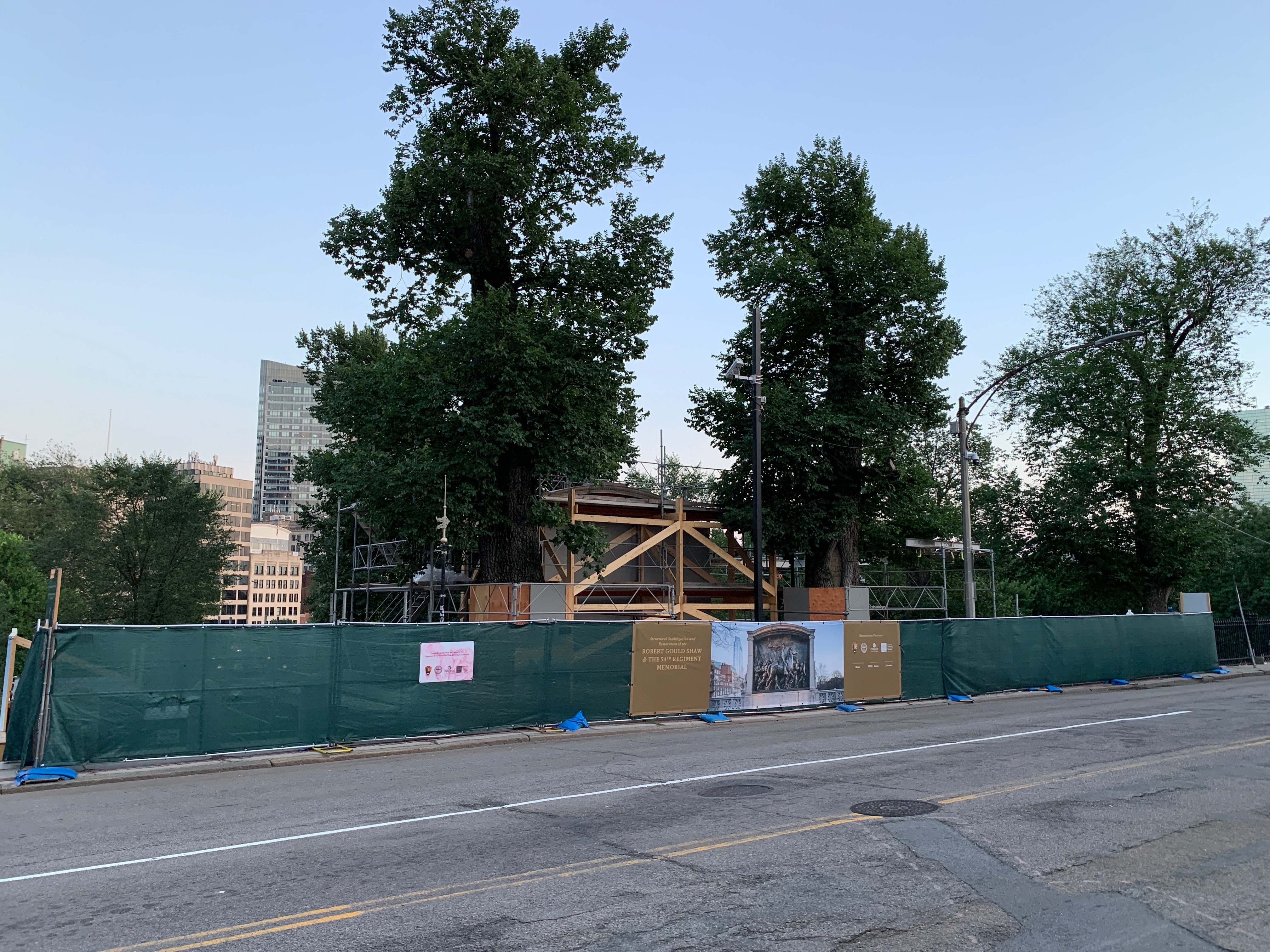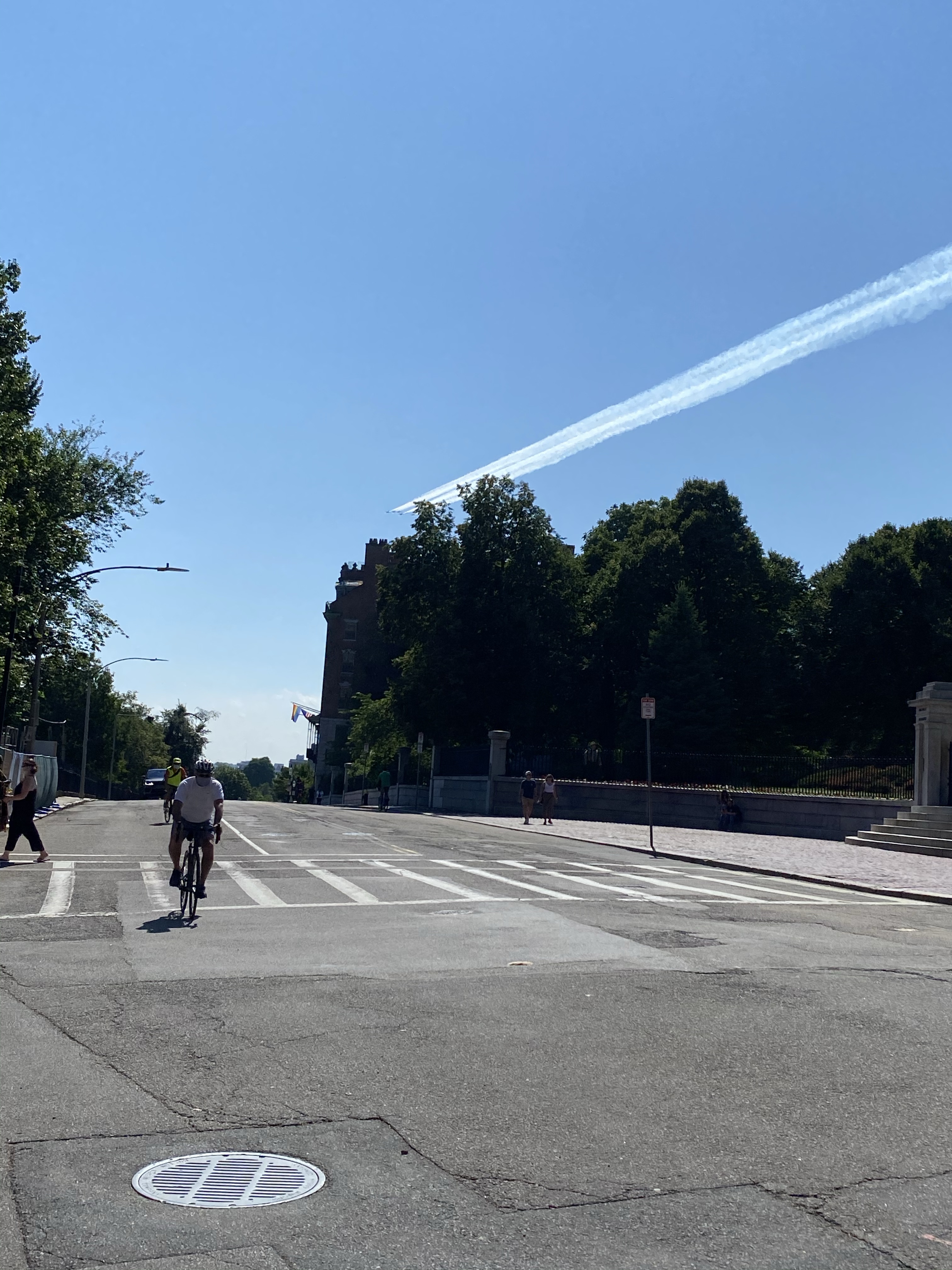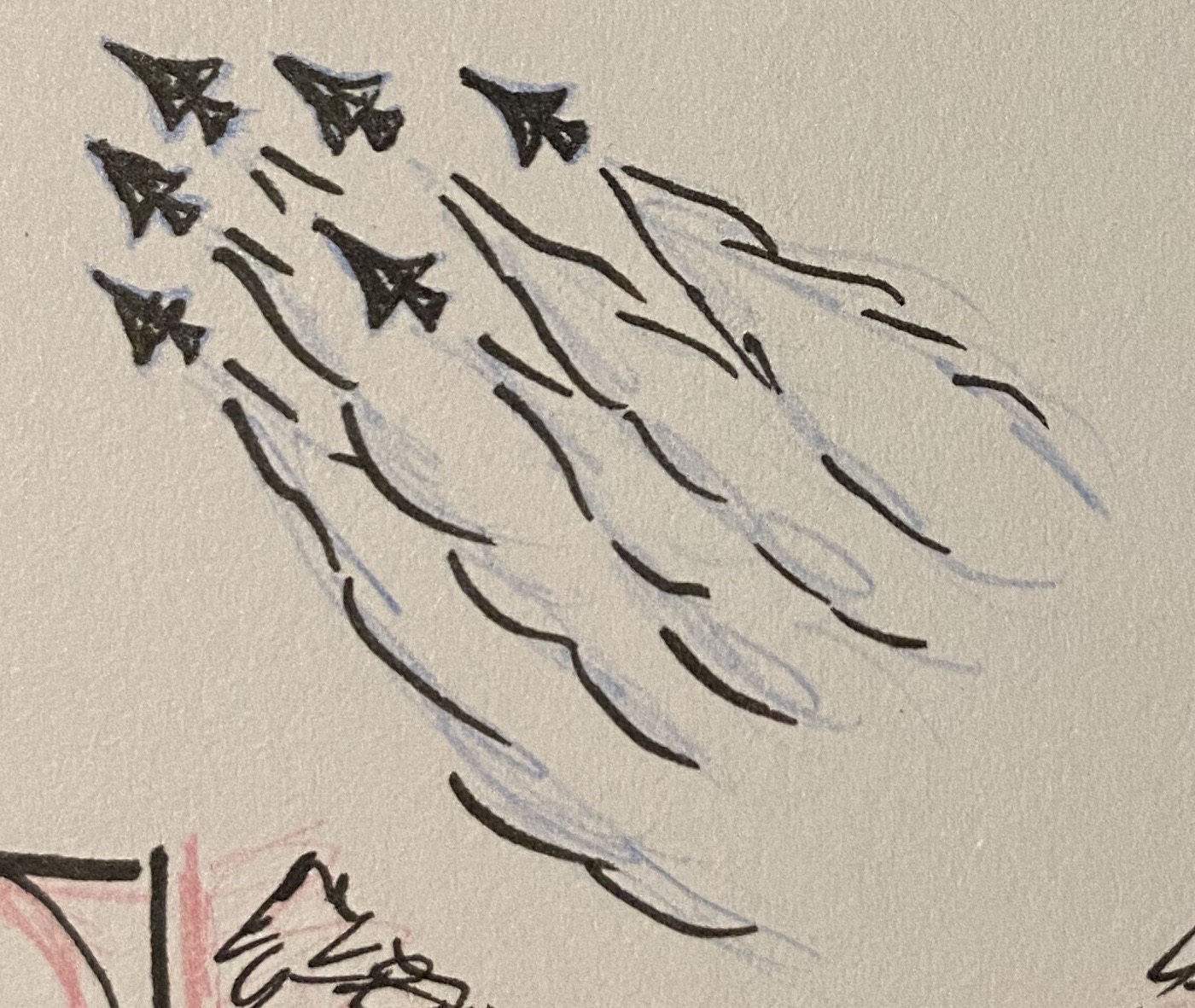I have been staying with my brother in Boston for the past week, trading contemporary art for colonial history. I have chosen four of the best things I have seen and sketched in the city to highlight in this post.

1. Samuel Eliot Morison Statue – Back Bay

On a walk through Commonwealth Mall I was drawn to the statue of Samuel Eliot Morison simply because he looks so comfortable perched on a rock over the sidewalk wearing a ball cap and naval uniform. The base reads: Samuel Eliot Morison, 1887-1976, Sailor-Historian. Interest piqued, I spent the evening learning he was a veteran commissioned to write a 15 volume history on the involvement of the US Navy in WWII. I opted to check out a significantly shorter ebook titled Sailor Historian: The Best of Samuel Eliot Morison. In clicking through the pages, an essay on Christopher Columbus caught my eye. It turns out Morison was one of the leading historians on Columbus in the mid-20th century and held a great respect for Columbus’ navigation skills. Morison led expeditions to recreate his voyages through the early 1970s. However, respect for Columbus is something very few Bostonians have today.

2. Christopher Columbus Monument/Nonument – North End

The Christopher Columbus Waterfront Park is missing its namesake. The Columbus statue was beheaded and consequently removed in mid-June, though the base on which it once stood remains in the park. The city is still deciding what to do with the statue, which has a long history of vandalism. It is undoubtedly a decision that will cause outrage either way. From a moral or ethical perspective, it is impossible to justify Columbus’ actions of genocide and villainy towards native populations. However, his bold travels changed the course of history and set the stage for American exploration. In the case of controversial and harmful monuments, it is more important to educate the public as to how their past actions can be both important and problematic, and how we can learn from the mistakes both of this person and the people who revered them.

3. Robert Gould Shaw & The 54th Regiment Memorial – Boston Common

A monument which did an exemplary job of educating the public was the Robert Gould Shaw & The 54th Regiment Memorial. Though the monument was an early tribute to the all-black regiment in the Civil War, and certainly not a symbol of racial oppression, it was wrongfully vandalized amid protests in May. The cast part of the monument has been removed for repairs and is expected back in December. In the meantime, fences surrounding the stone part of the monument form a mini exhibit with photos and stories depicting the 54th Regiment. These banners show images of the members of the regiment and tell the stories of valiant battles, medals of honor, comradery, and bravery. It explains why this monument was important in the 19th century, and why it remains important today. I hope that more monuments can receive the same attention in the future so we can have cities filled with historic public art that exists as a product of history from which we can learn and grow, rather than as a cause for oppression and shame.

4. Fourth of July Flyover

My favorite part of the trip has been seeing the USAF and USMC perform a flyover of Boston on the Fourth of July. My brother and I had not realized the flyover was scheduled until we heard the planes flying overhead. Luckily, we were walking through the Common at the time and were able to watch the aircraft soar over the State House. Thunderbirds, B-2 bombers, and B-52 bombers made up for the lack of fireworks this year.
Boston is a city so dependent on its history, while at the same time, at war with its history. Through efforts from the National Parks Service, such as the mini exhibit at the 54th Regiment Memorial, and others dedicated to preserving and interpreting history, Bostonians can work to reconcile their past with today’s values.
